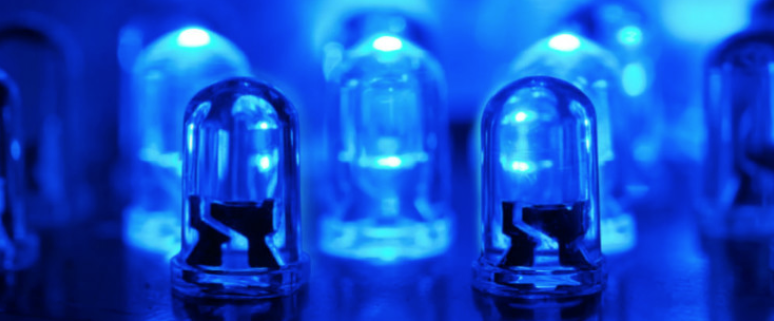Could Blue Light Therapy Cure MRSA Infections?
- icshealthsciencejournal

- Jun 7, 2020
- 2 min read
Could Blue Light Therapy Cure MRSA Infections?
Written By: Nayada Deevisetpunt
June 7, 2020
Bacteria adapt to certain situations very impressively. They do this by either dividing their cells or even by transferring their genes to their neighbors, a process known as horizontal gene transfer. As they modify themselves, bacteria strengthen their defenses against threats, causing more trouble for us humans trying to find ways to destroy them. One of the threats that bacteria faces are antibiotics, a medicine that inhibits the growth of microorganisms such as bacteria. Due to this, bacteria are now rapidly adapting themselves in order to defeat these antibiotics. Some pathogens become more and more resistant to antibiotics; the drugs humans now depend on to destroy these bacteria no longer work against them. As a result, many scientists are now coming up with an alternative way to destroy these harmful bacteria and prevent infections in humans.
Scientists from Boston University’s College of Engineering in Massachusetts were successful in finding another method to destroy bacteria. They announced their success in using blue light to weaken pathogens on a molecular level. The “therapy is novel because, instead of using a drug-based approach, it takes physical aim at the structure of the cell itself,” mentioned Professor Ji-Xin Cheng from the College of Engineering, who first discovered the use of blue light.
Professor Ji-Xin Cheng and his colleagues happened to find the blue light’s potential by accident while experimenting with the new optimal microscope. Using Staphylococcus aureus (S. aureus) as their microscopic object, Professor Cheng and his teammates later found out that the microscope’s blue light was bleaching the staphyloxanthin (STX) molecules or small openings around the membrane protecting the bacterial cells. “For imaging purposes, this is bad. But, if it’s bleached, we wondered, is it still alive?” wondered Professor Cheng. The team was very surprised to learn that their photobleaching killed the whole S. aureus colony, and being capable of killing it is not a small thing.
Methicillin-resistant S. aureus (MRSA) is a type of bacteria that causes skin and soft tissue infections, pneumonia, and sepsis. After methicillin, the first antibiotic to fail against MRSA, the bacteria has become very difficult to treat. Cheng’s team then started to consider whether the blue light could actually kill the bacteria or not. Further studies have shown that the microscope’s blue light was able to kill 90% of the bacterial colony by breaking down STX. However, this is not enough; MRSA grows back very rapidly, and 99.9% of the bacteria would have to be killed to be effective. Cheng’s team then experimented with a new method: after exposing the bacteria to the blue light, they dosed the bacteria with hydrogen peroxide (a strong oxidizer that is able to attack living cells).
The results were fortunate and Cheng’s team had destroyed 99.9% of the S. aureus colony. Apart from this, the blue light does not damage normal cells. This therapy could be very effective, as Jie Hui, a co-author, explains, “Using a pulsing blue laser, we can significantly shorten the therapy time and increase the depth of tissues we can effectively treat. The laser feels painless and doesn’t give off any sensation of heat, ideal for clinical applications.”







Comments